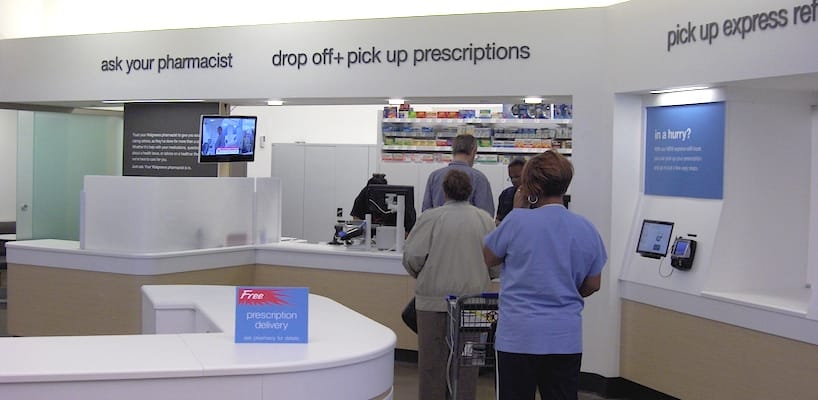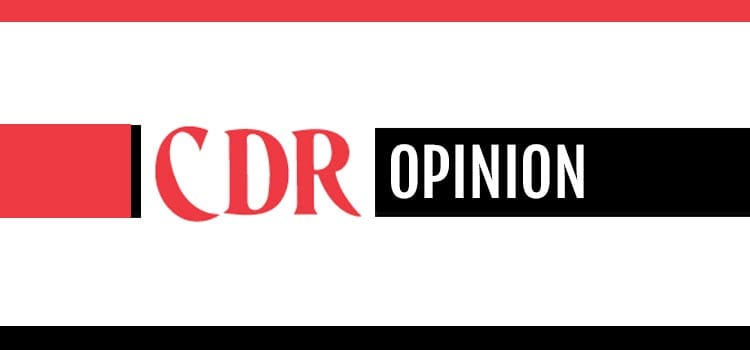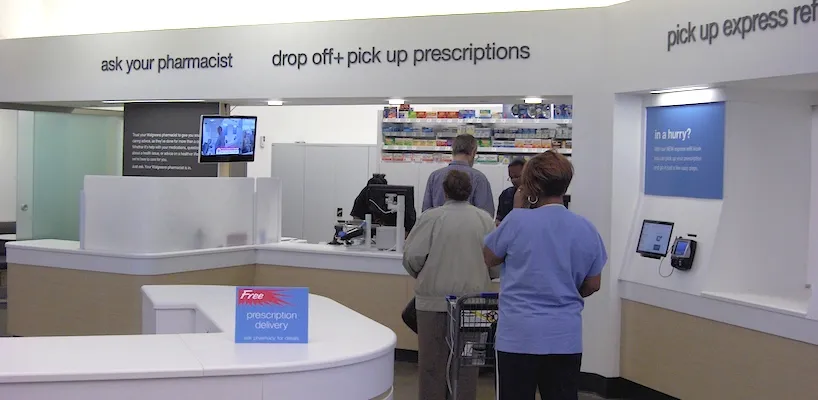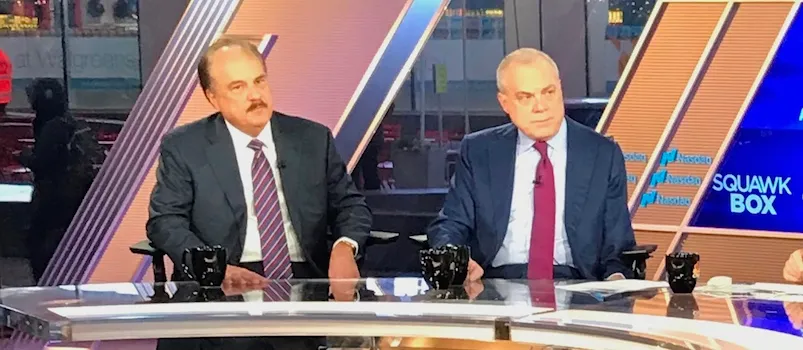
The American economist Edgar Fiedler appropriately warned that “he who lives by the crystal ball soon learns to eat ground glass.” Fiedler aside, chain drug retailers may want to consider a series of future commercial opportunities emerging from what — at least at times — might appear to be the disruptive chaos of today’s market.
Much of the uncertainty chain drug retailers face can be traced back to the shift from affluence to influence as a social and commercial organizing principle. Showcased by A.T. Kearney’s ongoing Consumers@250 research, part of America@250, the trend — arising from unstoppable forces of demographics, changing values and hyper-connectivity — is changing the global rules of consumption patterns.
As an organizing principle, affluence leveraged scale, most visibly through the mass production, marketing and distribution of consumer goods whose brand value and status was reinforced by mass media. The influence model, on the other hand, is a testament to the ability of the outsized power of an individual voice to move markets. Whereas business — and generally big business — drove the affluence model, it is often a single individual (or an ad hoc consortium of individuals joined by common cause and hyperconnectivity) who has the power of the influence model.
Chain drug retailing is really an exercise in people helping people and, despite the critical impact of new, disruptive technologies on medicine and every other aspect of life, the story of the future wears a human face — seen from both a customer and organizational perspective.
So, let’s start with a look at the customers. For the first time in history, six generations of consumers are active in the market: the Silent or Greatest Generation, baby boomers, Gen X, Millennials or Gen Y, Gen Z and — beginning this year — the Alpha Generation. Consumers@250 focuses predominantly on Gen Z and “late Millennials,” since they are largely responsible for the evolution of new consumption patterns that will prove crucial to chain drug store operators today, tomorrow and for the foreseeable future.

Demography can be a tricky business in the 21st century. When it comes to describing markets and creating products for them, age cohort analysis has traditionally provided an all-important tool. But today’s consumer behaviors and traits aren’t necessarily easily confined to their respective cohort. Chain drug retailers have to understand their customers’ needs and can’t afford to bury genuine market opportunity under a mountain of generic assumptions.
So, what do you need to know about these dynamic new consumers, and are they really any different from the demographic cohorts that preceded them? Well, to begin with, where earlier generations viewed business in terms of transactions, new shoppers are far more likely to be concerned with whether or not they can trust the brands and retailers they interact with. They are also focused on utility rather than status. Where boomers and Silent Generation members took pride in the ownership of objects such as a car, for example, Gen Z and late Millennials prefer instant access to a functional solution, such as calling a ride-hailing company.
Minimalists, from their backpacks to their bicycles, Millennials also place a higher premium on experiences than they do on accumulating “stuff” and are more likely to gravitate toward retailers that incorporate the ability “to do” with opportunities “to buy.” It may at first be hard to imagine building experience into a chain drug store but, on reflection, this emphasis on “doing” instead of just “buying” opens up any number of possibilities from holding in-store yoga or meditation classes to organizing community health projects or creating partnerships with local nutrition and exercise programs. Gen Z won’t automatically punish even large chain drug retailers for being national, as long as you can find ways to tie into local, community-based activities.
In addition to trust, these new shoppers place a high value on both convenience and community. And, most importantly, where prior generations searched for value in what they bought and who they shopped with, late Millennial and Gen Z consumers look for an expression of — and alignment with — shared values.
Of course, it is all but impossible to think of the future of chain drug retailing without taking account of a whole host of technologies and the disruptions that accompany them. A.T. Kearney’s Health@250, the next installment of its @250 projects, focusing exclusively on health industry issues, found a pronounced acceleration in the shift away from “physician-centric” treatment modalities toward what we call the “consumerization of health care.” Think of this as Millennial- and Gen Z-inspired “open sourcing” of health care services from diagnostics to the evaluation of service providers.
Consistent with our observations of Millennial and Gen Z preferences for convenient and functional solutions, Health@250 research reports that 64% of these new consumers were willing to consider telemedicine as an alternative to nonemergency care; 70% said they would like their doctors to offer some app-accessible services; and 83% said they were fine with the idea of their health care providers accessing data from their wearable devices if it would help the doctors to keep them healthy.
Will tomorrow’s chain drug customers be willing to grant that same level of technologically enabled transparency around their health to their local pharmacist or a clinic operated by your chain? We don’t see any reason to think otherwise.
Of course, this means you will have to be in a position to collect, process and protect that consumer data. Remember, these are hyperconnected customers we are talking about. Consumers@250 found almost universal consistency when we looked at intragenerational digital connectivity. Ninety-four percent of Gen Zers polled for our online research reported being “constantly connected,” as did 90% of Millennials, 89% of Gen Xers, 71% of baby boomers and, what some might find surprising, 71% of Silent Generation members.
What does all this connectivity mean to chain drug retailers? Well, on the positive side it offers a quick path toward digital community building and facilitates communication with, and to, customers. On the negative side, it means that your chain is always just one click away from an online attack campaign.
From blog posts to social networks to “fake news” stories and memes, information and disinformation instantly fly across the internet. Part of the evolution of the influence model is based on the amplification of an individual voice and the celebration of self-selected communities. In many ways, that’s a positive, but it has also dealt a mortal blow to the idea of traditional, institutional authority. Since an internet search of almost any topic can yield literally tens of thousands of wildly divergent and often contradictory opinions, any opinion begins to appear as valid and official as any other.
We started out saying the current demographic revolution impacts chain drug retailers on both the consumer and employee fronts.
This year, in preparation for the 2017 edition of our Consumers@250 event, A.T. Kearney partnered with The Wall Street Journal to conduct original, primary qualitative and quantitative research of what 170 C-suite retail and consumer packaged goods manufacturers believe American shopping patterns will look like in the year 2026. The surveyed executives worked at companies with sales in excess of $2 billion. Twenty-two percent of the firms we surveyed had annual sales of $10 billion and above.
One of the questions we asked the executives was: “By 2026, how will your organization approach the recruitment of top talent?” Nearly nine out of 10 (87%) said that when recruiting new talent, they prioritize cultural fit over disruptive thinking. In other words, despite the fact that the world is changing at a dizzying rate around them and that — in many cases — new low-level hires’ knowledge of cutting-edge technologies may be superior to that of the managers they report to, most consumer-facing executives believed it was more important to recruit people whose attitudes mirrored their traditional corporate thinking.
Alarmingly, only 13% of the executives polled believed that they would be deliberately recruiting for diversity of thinking in 2026, even if it means hiring disruptive individuals. Thirty eight percent said they would look for “nondisruptive diversity.” It seems evident that this kind of thinking could be more than a little shortsighted.
A new generation of shoppers will need to face off against their peers or — at the very least — employees who have learned to understand and respect the values shoppers bring with them to the front counter, the pharmacy and/or the clinic.
It’s fashionable in industry circles to study the “big trends” likely to impact the coming year. But, in the future, that approach may be as dated as the iPod or the flip phone. Thanks to the hyperconnectivity associated with the influence model, chain store retailers are going to have to learn how to identify, parse and act on subtle signals. For, by the time “big trends” become obvious, the market advantages associated with getting ahead of them will have been lost.
Michael Dart and Adam Pressman are partners at A.T. Kearney. They can be contacted at michael.dart@atkearney.com and adam.pressman@atkearney.com.







